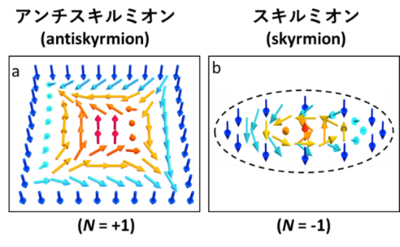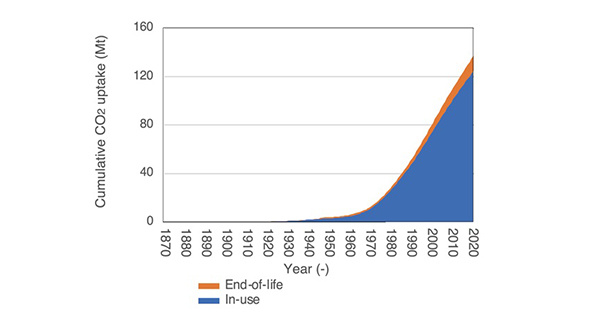Controlled transformation of skyrmions and antiskyrmions in a non-centrosymmetric magnet
Authors
Licong Peng, Rina Takagi, Wataru Koshibae, Kiyou Shibata, Kiyomi Nakajima, Taka-hisa Arima, Naoto Nagaosa, Shinichiro Seki, Xiuzhen Yu & Yoshinori Tokura
Abstract
Control of topological spin textures in magnetic systems may enable future spintronic applications. Magnetic field pulses can switch the vortex polarity or the winding number of magnetic bubbles. Thermal energy can reverse the helicity of skyrmions and induce the transformation between meron and skyrmion by modifying the in-plane anisotropy. Among the various topological spin textures, skyrmions and antiskyrmions are nanometric spin-whirling structures carrying integer topological charges (N) of −1 and +1 (refs. ), respectively, and can be observed in real space. They exhibit different dynamical properties under current flow, for example, opposite signs for the topological Hall effect. Here we observe, in real space, transformations among antiskyrmions, non-topological (NT) bubbles and skyrmions (with N of +1, 0 and −1, respectively) and their lattices in a non-centrosymmetric Heusler magnet, Mn1.4Pt0.9Pd0.1Sn, with D2d symmetry. Lorentz transmission electron microscopy images under out-of-plane magnetic fields show a square lattice of square-shaped antiskyrmions near the Curie temperature and a triangular lattice of elliptically deformed skyrmions with opposite helicities at lower temperatures. The clockwise and counter-clockwise helicities of the skyrmions originate from Dzyaloshinskii–Moriya interactions with opposite signs along the [100] and [010] directions, respectively. A variation of the in-plane magnetic field induces a topological transformation from antiskyrmions to NT-bubbles and to skyrmions, which is accompanied by a change of the lattice geometry. We also demonstrate control of the helicity of skyrmions by variations of the in-plane magnetic field. These results showcase the control of the topological nature of spin configurations in complex magnetic systems.

Nature Nanotechnology : https://www.nature.com/articles/s41565-019-0616-6
Graduate School of Frontier Science: https://www.k.u-tokyo.ac.jp/en/
You May Also Like
These Related Stories
Molecular profiling of extracellular vesicles via charge-based capture using oxide nanowire microfluidics
Reservoir Computing with Spin Waves Excited in a Garnet Film


